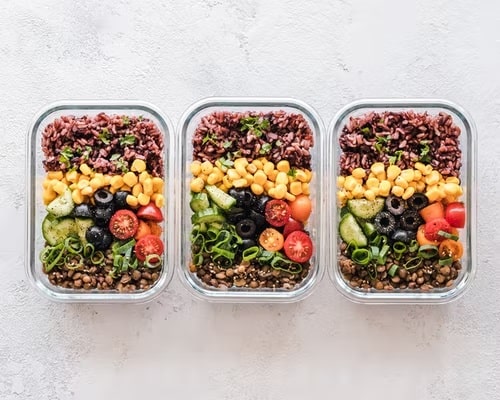Blog

For decades, America has been considered one of the countries with the most secure food supply chain. Today, it’s not so simple. The war in Ukraine is affecting the entire world’s food supply chain. Before that, COVID did its work. With such challenges, can the American food supply chain continue to function successfully?
How the Russia-Ukraine War is Affecting the U.S. and Global Food Supply Chains
The war between Russia and Ukraine has caused food prices around the world to skyrocket. Before the Russian attack, Ukraine was one of the chief global exporters of wheat, corn, and sunflower oil. Today, Ukraine’s exports of wheat are a fraction of what they once were.
According to a recent CNN article, the crisis in Ukraine should not affect the American food supply chain, as the U.S. does not import much of its wheat from Ukraine. However, the supply chains of many countries are affected; that, in turn, will affect America. And when the global food supply chain is threatened, so is food security.
How COVID-19 Affected America’s Food Supply Chain
When COVID hit the United States, several things happened. Consumers began buying in bulk, creating shortages of certain items – famously, toilet paper. Additionally, lockdowns and social distancing made regular work difficult in farms and factories. Air freight – how America imports billions of dollars’ worth of fruits and vegetables – was temporarily shut down. This caused a disruption in America’s food supply chain and that of the world at large.
According to Food Supply Chains and COVID-19: Impacts and Policy Lessons, the U.S. bounced back fairly quickly from the initial shock of COVID, especially once people stopped stockpiling. The government avoided the major mistake of the 2007-2008 export ban and made it easier for food exports to enter the country. But while the U.S. supply chain did not suffer as much as other countries, the pandemic still took a toll, as the ongoing baby formula shortage illustrates.
What Does the Baby Formula Shortage Have to Do with the U.S. Food Supply Chain?
The horrific shortage of baby formula has caused hundreds of thousands of parents to fear for the wellbeing of their babies.
The Atlantic attributes the baby formula shortage to three factors:
– COVID-19: For at least the first year of COVID-19, many families stockpiled formula. Shelves were empty. As families used the formula, shelves slowly filled, but there were not many buyers since families had ample supplies. The seesawing sales made it hard for factories to know how much formula to produce, and in 2022, they did not produce enough.
– Bacteria: Bacteria found in a major baby formula plant in the U.S. caused the plant to shut down, with a decrease in the amount of formula produced.
– U.S. regulations and trade policies: FDA regulations are so strict that most formulas from Europe are illegal in the U.S. On top of that, U.S. trade policy restricts imports of those formulas that do meet FDA standards, even those from Canada. The tax on formulas can be more than 17%. Additionally, America’s own formula industry is very small and dominated by three companies. When one plant closed down, others were unable to step in and fill the gap.
Self-Sufficiency vs. Global Imports
It’s easy to think that if America was self-sufficient in food production, it would not have supply chain issues or food insecurity. But the solution is not black and white.
The baby formula shortage highlights how America’s desire to be self-sufficient backfired. American factories failed at producing enough formula and strict import policies prevented global backup. If the country’s trade policies were more lenient (as the government is now trying to do), the shortage may have been avoided.
On the other hand, relying too much on international imports also has its risks, as evidenced by the Russia-Ukraine war. Countries that relied on Ukrainian exports are facing real problems, leading to spiking food prices and food insecurity around the world.
While America may not experience the immediate effect of food insecurity, American farmers have seen an increase in the price of fertilizer and equipment, which makes production much harder. Fertilizer is another major export of Ukraine and Russia. Even American self-sufficiency is largely dependent on international imports.
Like investments, America’s best option for maintaining its food supply chain is diversification. Instead of relying mainly on national farmers and factories or mainly on global imports, a balance is needed. With many sources of food, the chances of stocked supermarket shelves are much higher.

